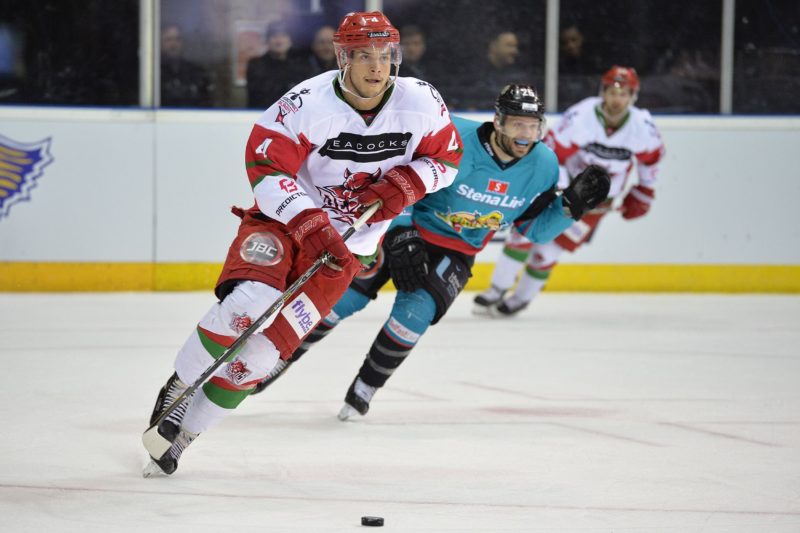
Analytics has revolutionized the way NHL teams evaluate player and team performance, offering a wealth of data-driven insights to optimize strategies and gain a competitive edge. From traditional metrics to advanced analytics, coaches and analysts now have access to a comprehensive toolkit for assessing every aspect of the game.
Traditional Metrics
Traditional metrics such as goals, assists, and points have long been the foundation for evaluating player and team performance in the NHL. These straightforward statistics are easily understood by fans and analysts alike, making them a staple in hockey discussions. However, these metrics often lack the necessary context regarding the circumstances under which they were achieved, such as:
- Time on ice
- Quality of teammates and opposition
- Game situation (even strength, power play, penalty kill)
While traditional metrics remain relevant, advanced analytics has provided a more comprehensive and nuanced understanding of player and team performance, addressing some of the limitations of these long-standing measures.
Advanced Metrics
Advanced metrics in hockey analytics provide a more nuanced understanding of player and team performance, going beyond traditional statistics to offer insights that can significantly affect playoff odds.
Some key advanced metrics include:
- Goal-based metrics: These focus on the actual goals scored and their impact on the game, often considered more predictive of team success than shot-based metrics. For example, models of team goal differential have been shown to successfully predict winning percentages.
- Shot-based metrics: Metrics like Corsi (total shot attempts) and Fenwick (unblocked shot attempts) aim to capture puck possession and offensive pressure, but their effectiveness in predicting team success is debated.
- Expected Goals (xG): This metric estimates the likelihood of a shot resulting in a goal based on factors such as shot location, type, and game situation, providing a more nuanced understanding of scoring chances.
- Player value models: Goals Above Replacement (GAR) and Game Score Value Added (GSVA) offer standardized frameworks for ranking players based on their overall impact and contribution to their team’s success.
These advanced metrics, when used in conjunction with traditional statistics, provide a comprehensive toolkit for evaluating player and team performance in the modern NHL.
Real-Time Analytics
Real-time analytics have transformed in-game decision-making by providing coaches with instantaneous data on player performance, opponent tendencies, and game dynamics. This allows for adaptive strategies and tactical adjustments on the fly, optimizing player deployment and line combinations. Key Performance Indicators (KPIs) are specific, measurable values used to track progress toward objectives, such as:
- Shot accuracy
- Face-off percentage
- Puck possession time
By monitoring these KPIs consistently, teams can identify areas for improvement, develop targeted training plans, and refine their approach to optimize performance over time.
Contextual Metrics
- Zone Starts: This metric considers where a player opens their shifts (offensive, defensive, or neutral zones), which can impact their performance metrics.
- Ice Time: Adjusting performance metrics for the amount of ice time a player receives helps to account for their role and usage by the coach.
Statistical Models
- Regression Models: Used to predict outcomes based on various performance metrics. For example, models can predict game outcomes based on shot attempts, blocked shots, and takeaways.
- Machine Learning Models: These can analyze large datasets to identify patterns and predict future performance.
Practical Applications
- Player Development: Tracking individual performance metrics to tailor training and development programs.
- Team Strategy: Using data to inform game strategies, such as optimizing line combinations and special teams units.
- Scouting and Recruitment: Evaluating potential recruits based on advanced metrics to identify undervalued players who can contribute to team success.
Key Performance Indicators (KPIs)
KPIs are specific, measurable values used to track performance against objectives. In hockey, KPIs might include:
- Shot Accuracy: The percentage of shots that result in goals.
- Face-off Win Percentage: The percentage of face-offs won by a team or player.
- Puck Possession Time: The amount of time a team controls the puck during a game.
Conclusion
Evaluating NHL team performance requires a blend of traditional statistics, advanced metrics, and contextual analysis. By leveraging these tools, teams can gain a comprehensive understanding of their strengths and weaknesses, make informed decisions, and ultimately enhance their performance on the ice.








